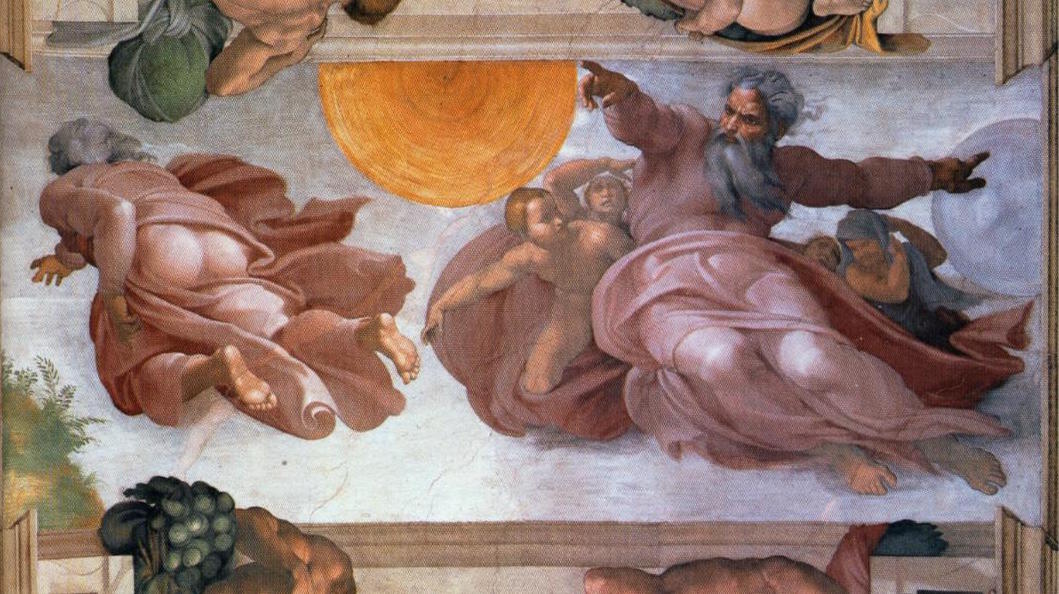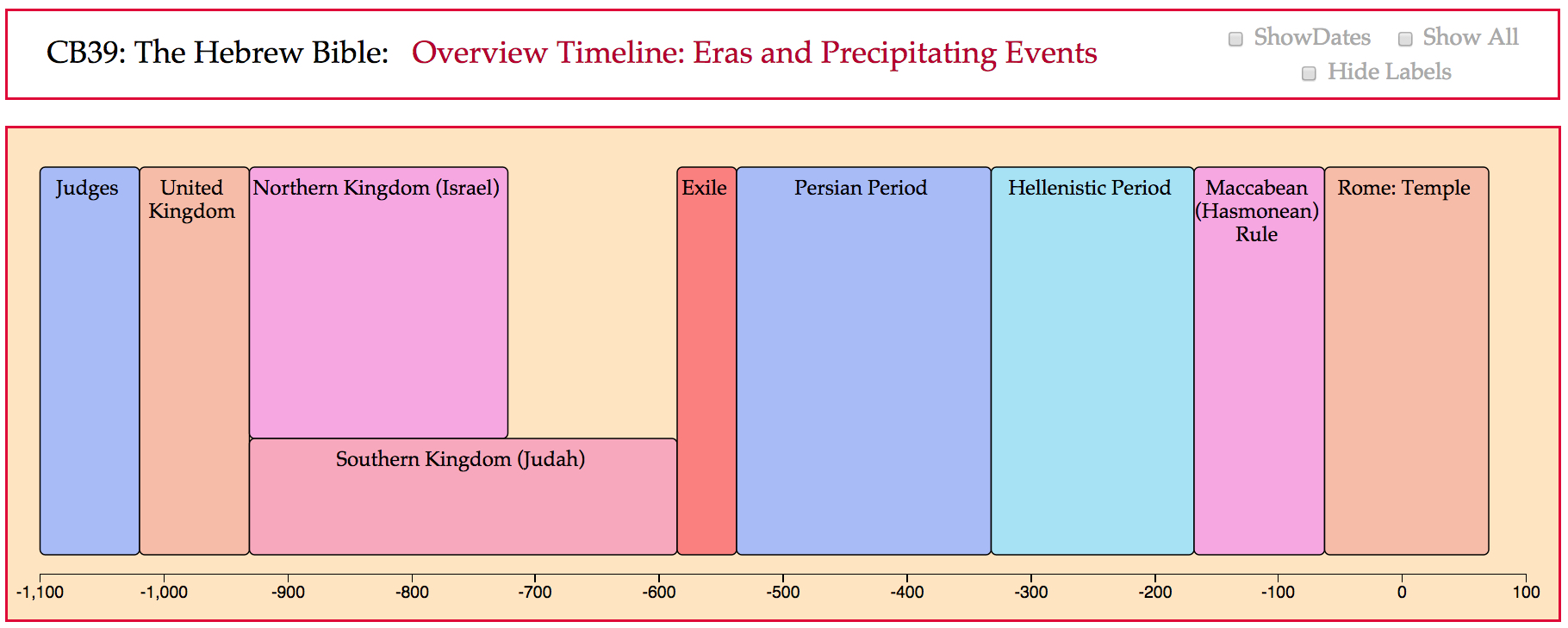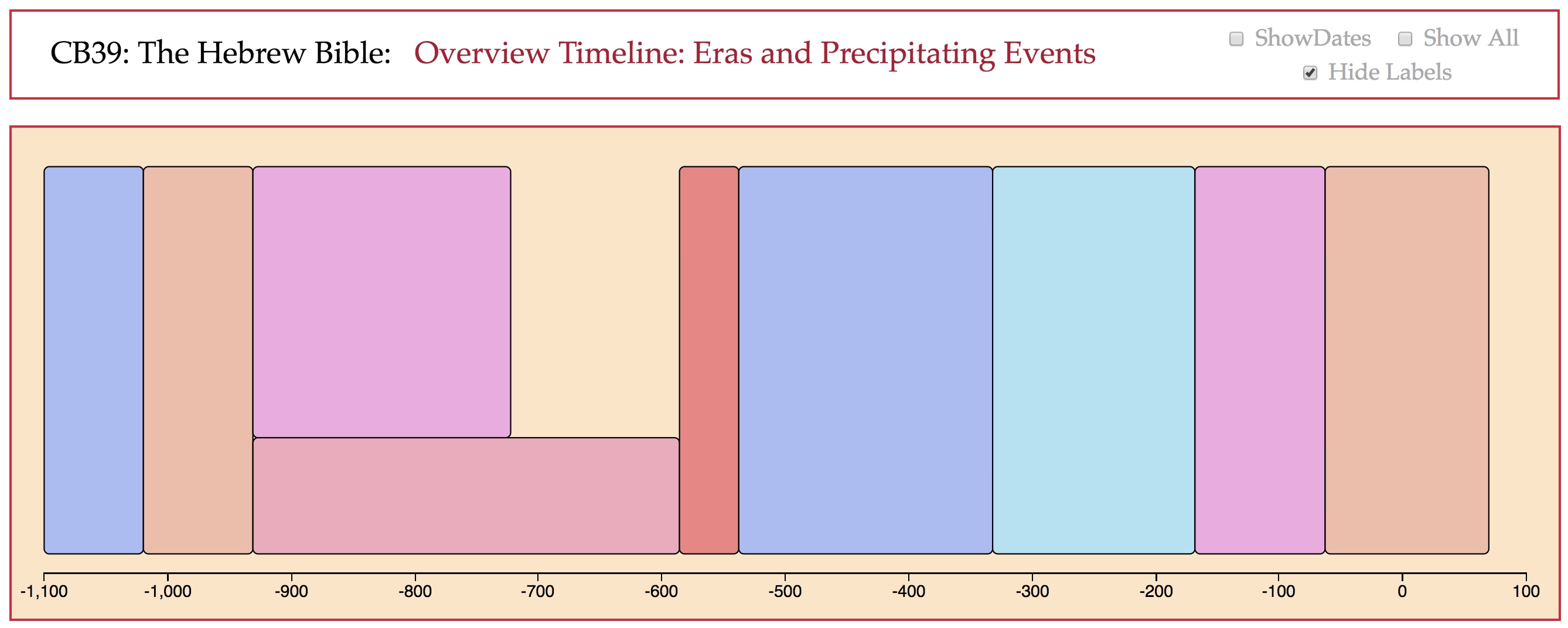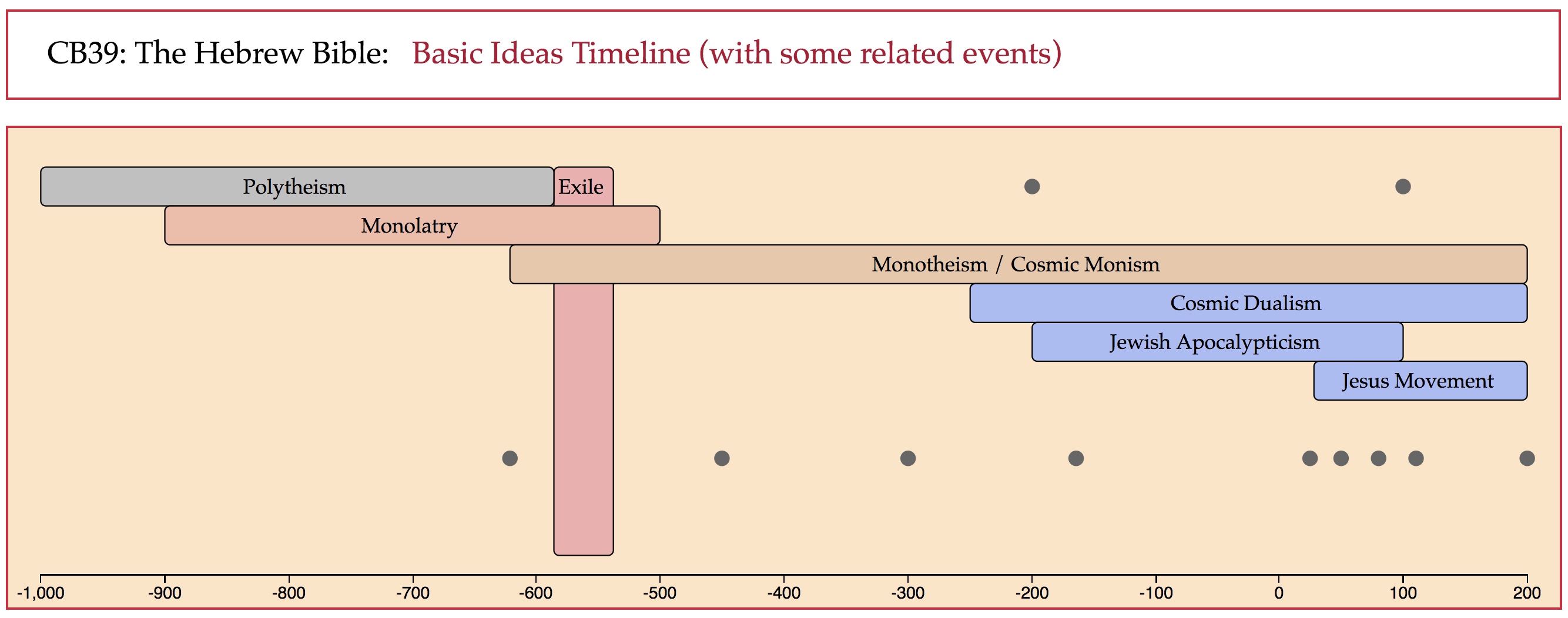The Fruits of Monotheism
HILR Fall 2018
SGL: B Ruml
1. Background; Monalatry

Introductions
Motivations to take the course
Background in the Bible
Hebrew Bible courses online:
Harvard: Shaye Cohen, Culture and Belief 39 (2013)
ruml.com/thehebrewbible (link)
Yale: Christine Hayes, Intro to Hebrew Bible (2006)
oyc.yale.edu/religious-studies/rlst-145 (link)
The theses of the course: #1
The mainstreaming of monotheism about 450 BCE meant that YHWH was the source of everything, including evil. The far more satisfying alternative was a second antagonistic force which came to be personified as Satan.
The theses of the course: #2.1
The "democratization" of Israelite religion following the final redaction of the Torah (400-350 BCE) and the focus on the study of scripture as a means of personal piety created for the first time the idea of an individual's relationship with YHWH.
The theses of the course: #2.2
The prophets' traditional formula (reward the righteous; punish the wicked) was therefore applied to individuals as well as to the community. But divine justice was clearly not being delivered during one's lifetime. The more satisfying alternative was that divine justice is delivered after death.
Not in the Hebrew Bible:
Satan
immortal soul
afterlife with just deserts
The Overview Timeline

The Blank Overview Timeline

The Overview Timeline and Ancient Greece
Trojan War: 1200 BCE
Homer(s): 850-700 BCE
First written Homer: 700 BCE
Golden Age (Pericles): 460 - 430 BCE
Plato: c.425 - 348 BCE
Aristole: 384 - 322 BCE
The Ideas Basic Timeline

The Creation Stories
where's the division?
which was written earlier? when?
inconsistencies
portrayal of God
The Creation Stories 2
King James: "In the beginning God created the heaven and the earth. And the earth was without form, and void; and darkness was upon the face of the deep. And the Spirit of God moved upon the face of the waters."
NRSV: "In the beginning when God created the heavens and the earth, the earth was a formless void and darkness covered the face of the deep, while a wind from God swept over the face of the waters."
JSB: "When God began to create heaven and earth -- the earth being unformed and void, with darkness over the surface of the deep and a wind from God sweeping over the water -- God said 'Let there be light'; and there was light."
The Creation Stories 3
creation as order, separation
dietary restrictions!
note comfort with conflict (this is not history!)
1 Kings 18: A Battle of the Gods
Goldenberg: Origins of Judaism
Each nation had its guardian diety;
A nation's power reflected the power of its God;
One god may defeat another (e.g., 1 Kings 18);
The exodus is portrayed as establishing YHWH's superior power;
Covenant as fundamental to the Israel/YHWH relationship;
A jealous God, especially with repect to idolatry;
BUT actual religious practice was polytheistic (Jerimiah 44);
Constant exhortation means it continued unabated;
How to explain the Babylonian conquest?
Was YHWH weaker than the Babylonian god? NO!
YHWH was using Babylon for his own purposes: to punish!
Post-exile according to Goldenberg:
A focus on purging all foreign things (e.g., foreign wives)
YHWH now seen as a chief god over the inferior gods of the nations
Belittling those gods led to refusing to call them gods
"Monotheism thus became a by-product of patriotism"
The Reforms of King Josiah
"Discovery" of Deuteronomy in the Temple (622);
Major reform: centralization of worship in the Temple;
Cut short by Josiah's death in battle;
The Program of Ezra
The Torah as the binding set of commandments;
Focus on group solidarity: prohibition of inter-marriage;
Democratization of worship; emergence of the synagogue;
The Six Retrojections
religion as belief
the divine realm as transcendent
evil as an independent force
the afterlife as just deserts
soul/body dualism
salvation as redemption from sinful embodiment